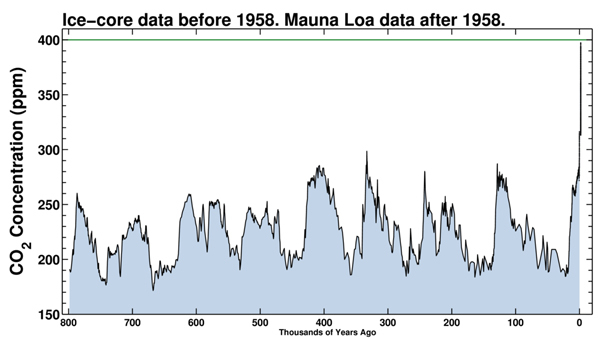The Wrack
The Wrack is the Wells Reserve blog, our collective logbook on the web.
The Wrack is the Wells Reserve blog, our collective logbook on the web.
The following was published in the Biddeford-Saco Journal Tribune Sunday edition, 6/25/2017, and Making It At Home's 6/28/2017 issue.

There’s a set of sculptures at the Wells Reserve at Laudholm this summer by the artist Kate Cheney Chappell that’s got me to thinking about my own insignificance. Kate’s three large, painted metal sea stars, called TUMBLESTAR, appear as joyous, cartwheeling vagabonds on our Knight Trail. However, if you look closely, you’ll find the word “dichlorodiphenyltrichloroethane” hidden on each sculpture. Here in Rachel Carson land, we’ve planted a reminder about DDT.
It’s been 45 years since we stopped spraying DDT across the landscape. (The ban was one of the first acts of President Nixon’s fledging Environmental Protection Agency.) Since the cessation, the bald eagle and peregrine falcon populations that Rachel Carson wrote so movingly about in her 1962 “Silent Spring” have rebounded, and we have not been overrun with malaria, as insecticide proponents back then foretold. In the U.S., we learned to live without DDT.
And yet, we don’t quite live without it. Even 45 years after a total ban was enacted here in America, the FDA continues to find trace amounts of DDT in 20% of the foods we eat. All levels found are well below tolerable limits; by “trace amounts” I’m talking .005 parts per million. These are billionths of a gram, likely harmless unless they accumulate into much, much higher concentrations.
What fascinates me is that, for more than my lifetime, the million-plus tons of DDT we sprayed continued to exist. DDT concentrations decrease, in water, by half every 150 years, so we still have a way to go. Meanwhile, those manmade molecules have been woven into the very fabric of nature. I see what Kate Cheney Chappell was getting at with her sea star sculptures, now that I understand a little more of the science behind the art.
In the “better living through chemistry” heyday, we also detonated hundreds of nuclear weapons in the atmosphere. A thin layer of plutonium-239 and other fallout products is present in soils across the world; some contend that it marks the geological boundary of the Age of Man. Those tiny radioactive parts per million draw a clearly detectable line in history, and they will remain there for thousands of years to come.
We mostly hear the phrase “parts per million” in discussions of climate change, and rightly so. Over the past six generations, the number of carbon dioxide molecules in the atmosphere has increased from around 280 to more than 400, due primarily to our burning of fossil (carbon-based) fuels. Carbon dioxide molecules trap heat from the earth very effectively; adding more of them to the air is like adding another layer of blankets to your bed on a cold night.
But wait, 400 parts per million is still a tiny amount, equivalent to just 0.04% of the atmosphere. Some scoff that such a small amount could make such a global difference. Well, relative amounts matter: just .28 parts per million of black mamba venom is enough to kill 10 humans, according to no less a snake authority than my YouTube-perusing six-year-old son Max, who is nodding confidently as I write this. The last time the earth’s atmosphere contained 400 parts per million of CO2, the extra warmth melted the polar ice caps and rose the seas 70 feet higher. (This led me to another important discovery: my second-floor office in the Wells Reserve’s Visitor Center is 65 feet above sea level.)
Talk of millions and billions usually forces people to retreat or glaze over. When I heard that there are more than 5 trillion pieces of plastic floating in the world’s oceans, my immediate reaction was: “whoa, that’s too big a number to do anything about.” But then I remembered Rachel Carson and DDT. She was one in a million, and look where DDT is now – mostly gone, but for a few parts per million.
Small parts per million can have negative effects, but also positive ones. There are 7.4 billion people in the world; every 7,400 people are one part per million. That doesn’t seem so large; it’s less than the population of Wells, Maine. I think that’s what one might do, when one is faced with huge, seemingly insurmountable numbers: break them down. And if one can find more, then one can start as one part per million, and go up from there.

Nik Charov is president of Laudholm Trust, the nonprofit partner of the Wells National Estuarine Research Reserve in Wells, Maine. His monthly column, “Between Two Worlds,” ventures forth from the intersection of art and science, past and present, millionths and millions. More at wellsreserve.org/twoworlds.